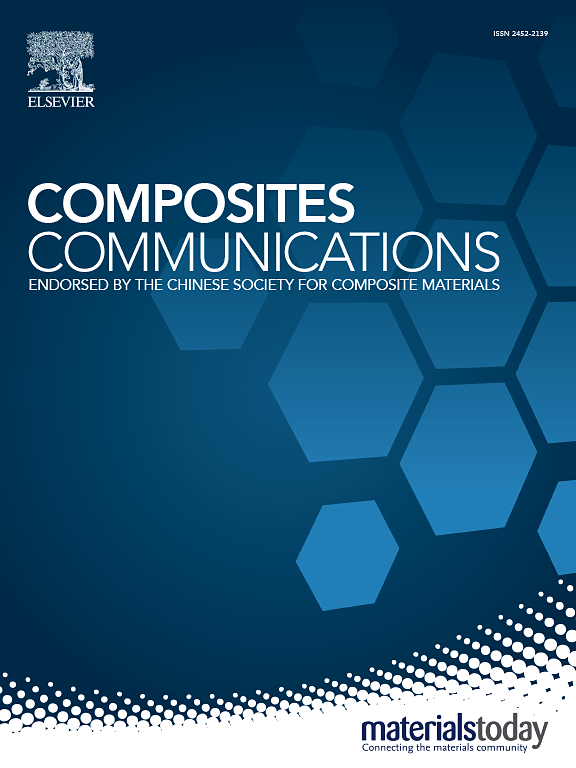Online detection and visualization of surface defects for automated fiber placement
IF 7.7
2区 材料科学
Q1 MATERIALS SCIENCE, COMPOSITES
引用次数: 0
Abstract
Manufacturing defects exist in the AFP process and cannot be entirely eliminated. Detecting these defects is highly time and labor intensive when each composite ply is laid up. This study proposes a comprehensive solution and develops the CVPS (Collection, Visualization, Post-processing System) based on it, aiming to replace manual visual inspection in the AFP manufacturing process with an intelligent and visualized approach. The CVPS is a defect detection system suitable for AFP production scenarios. It supports real-time data acquisition, storage, and online defect detection. After each layer of fiber is laid up, it provides defect marking and offers 2D and 3D visualization to assist technicians with quality inspection. CVPS is built with a simple hardware configuration and can enhance ply inspection efficiency while improving defect detection rate. In experiments, CVPS demonstrated its reliability by continuously acquiring and storing data for 200 min with 106.67 GB data. Ultimately, the CVPS was implemented in the AFP manufacturing process of the intake duct. The defects were marked on the height mapping image and the 3D point clouds of workpiece, both generated from the acquired data.
用于自动铺放纤维的表面缺陷在线检测和可视化
在AFP过程中存在制造缺陷,并且不能完全消除。在每一层复合材料的铺设过程中,检测这些缺陷是非常费时和费力的。本研究提出了一种综合解决方案,并在此基础上开发了CVPS (Collection, Visualization, Post-processing System)系统,旨在以智能化、可视化的方式取代AFP制造过程中的人工视觉检测。CVPS是一种缺陷检测系统,适用于AFP生产场景。它支持实时数据采集、存储和在线缺陷检测。每层纤维铺设完成后,提供缺陷标记,并提供2D和3D可视化,协助技术人员进行质量检测。CVPS的硬件配置简单,可以提高厚度检测效率,提高缺陷检出率。在实验中,CVPS以106.67 GB的数据连续采集和存储200 min,证明了其可靠性。最终,在进气管道的AFP制造过程中实现了CVPS。利用采集到的数据生成工件的高度映射图和三维点云,对缺陷进行标记。
本文章由计算机程序翻译,如有差异,请以英文原文为准。
求助全文
约1分钟内获得全文
求助全文
来源期刊

Composites Communications
Materials Science-Ceramics and Composites
CiteScore
12.10
自引率
10.00%
发文量
340
审稿时长
36 days
期刊介绍:
Composites Communications (Compos. Commun.) is a peer-reviewed journal publishing short communications and letters on the latest advances in composites science and technology. With a rapid review and publication process, its goal is to disseminate new knowledge promptly within the composites community. The journal welcomes manuscripts presenting creative concepts and new findings in design, state-of-the-art approaches in processing, synthesis, characterization, and mechanics modeling. In addition to traditional fiber-/particulate-reinforced engineering composites, it encourages submissions on composites with exceptional physical, mechanical, and fracture properties, as well as those with unique functions and significant application potential. This includes biomimetic and bio-inspired composites for biomedical applications, functional nano-composites for thermal management and energy applications, and composites designed for extreme service environments.
 求助内容:
求助内容: 应助结果提醒方式:
应助结果提醒方式:


